Meg Hagar – The Role of Nutrition Therapy in Eczema and Atopic Dermatitis
Description:
Eczema is an inflammatory skin condition, sometimes better known as atopic dermatitis. This is a painful skin condition that can cause skin irritation, blisters that ooze, and itchy rashes.
Do you ever wonder if there are any proven diets therapies for helping your patients with eczema?
If so, this workshop is for you! We have the latest research and evidence-based practices outlined here for you!
What you will learn :
- How nutrition may play a role in eczema
- Review of the research that exists, areas of promise, and current gaps, and learn how to apply the research to your patients care
- The different types of eczema and atopic dermatitis formation, etiologies and pathogenesis
- 4 different roles the RD can play in the assessment and treatment of eczema
- How food allergies and sensitivities play a role in managing eczema
- Nutrients involved the care of eczema and atopic dermatitis
- Review of possible beneficial supplements/probiotics
- Current treatments and other therapies to consider
- How to implement or seek out a collaborative eczema treatment care team
- Translation of the evidence to practice – how to apply the research to your patient
- Example interventions & case studies to apply to patient care
FITNESS – HEALTH – MEDICAL Course
More information about Medical:
Medicine is the science and practice of establishing the diagnosis, prognosis, treatment, and prevention of disease.
Medicine encompasses a variety of health care practices evolved to maintain and restore health by the prevention and treatment of illness.
Contemporary medicine applies biomedical sciences, biomedical research, genetics, and medical technology to diagnose, treat, and prevent injury and disease,
typically through pharmaceuticals or surgery, but also through therapies as diverse as psychotherapy, external splints and traction, medical devices, biologics, and ionizing radiation, amongst others.
Medicine has been around for thousands of years, during most of which it was an art (an area of skill and knowledge) frequently having connections to the religious and philosophical beliefs of local culture.
For example, a medicine man would apply herbs and say prayers for healing, or an ancient philosopher and physician would apply bloodletting according to the theories of humorism.
In recent centuries, since the advent of modern science, most medicine has become a combination of art and science (both basic and applied, under the umbrella of medical science).
While stitching technique for sutures is an art learned through practice.
The knowledge of what happens at the cellular and molecular level in the tissues being stitched arises through science.
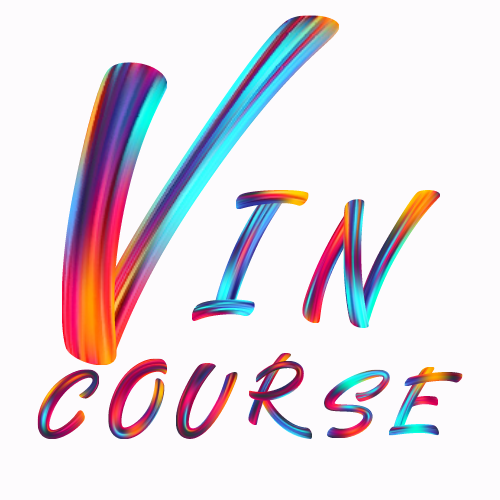

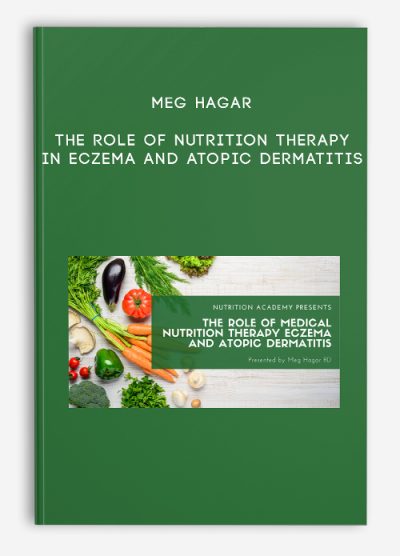

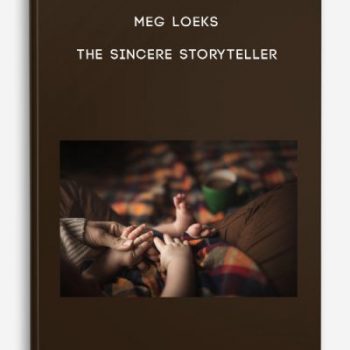
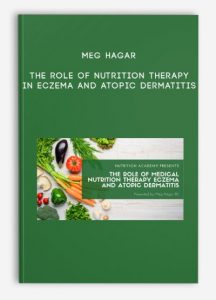




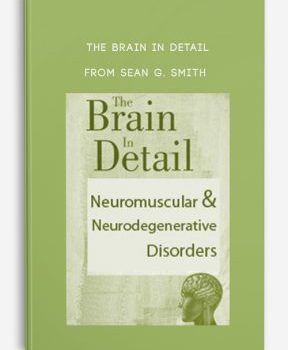


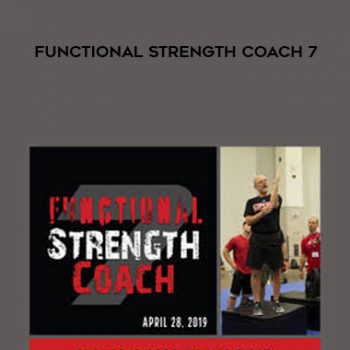
Lord –
This is Digital Download service, the course is available at Vincourse.com and Email download delivery.